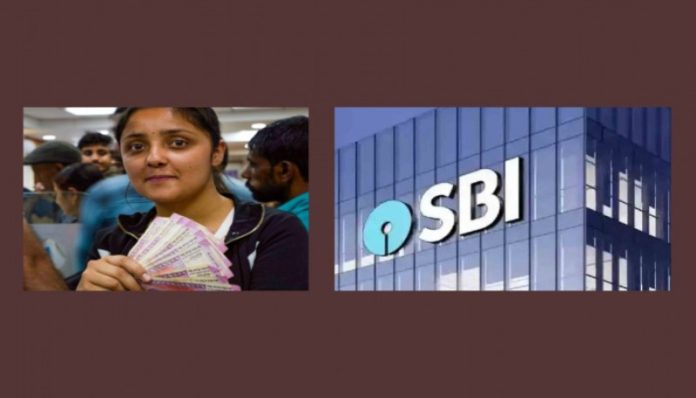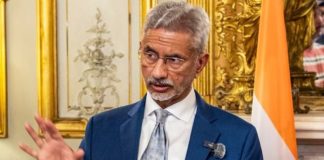New Delhi: India and China are gradually moving toward a reset in their strained relationship. While the memory of the 2020 Galwan Valley clash lingers, the urgency and hostility have eased. New Delhi is responding to Beijing’s recent overtures with caution but openness, driven in part by the shifting global power dynamics under Donald Trump’s presidency in the US.
Tourist Visas Resume After Five Years
India is set to resume issuing tourist visas to Chinese citizens from July 24, marking a major diplomatic signal. It will be the first time in five years that such visas are being granted, signaling an effort to normalize people-to-people contact.
This follows earlier confidence-building steps such as restoring Kailash Mansarovar pilgrimages and resuming direct India-China flights in January 2025.
Jaishankar Meets Xi Jinping in Diplomatic Breakthrough
Last week, External Affairs Minister S Jaishankar met Chinese President Xi Jinping in Beijing. It was Jaishankar’s first visit to China in five years, where he represented India at the Shanghai Cooperation Organisation (SCO) foreign ministers’ meet.
Jaishankar conveyed greetings from President Droupadi Murmu and Prime Minister Narendra Modi. He also briefed Xi on the status of bilateral ties and highlighted the need for mutual understanding.
Border Tensions Still Under Discussion
In his meeting with Chinese Foreign Minister Wang Yi, Jaishankar addressed the continuing border tensions along the Line of Actual Control (LAC). He called for a “structured roadmap” for permanent engagement and emphasized that differences must not turn into disputes.
These discussions follow Defence Minister Rajnath Singh’s June 2025 visit to Qingdao, the first visit by an Indian defence minister to China in over a decade.
In October 2024, both countries had agreed on a new patrolling mechanism to avoid flare-ups along the LAC.
Selective Economic Cooperation Amid Caution
Despite a massive $85 billion trade deficit, India continues to depend on Chinese imports, including electronics, chemicals, and rare earth materials. China, in turn, sees India as a crucial market.
India has maintained a ban on unrestricted Chinese investments but is considering easing FDI rules, allowing Chinese firms to acquire up to a 24% stake without prior clearance, as per a Reuters report.
US Uncertainty Pushes India Closer to China
A major factor influencing India’s approach is growing unease with the United States under Donald Trump. His proposed 500% tariff on countries trading with Russia, among other policies, has injected instability into the global trade landscape.
India feels increasingly uncertain about Washington’s reliability as a long-term strategic partner. Analysts like Professor Christopher Clary point out that New Delhi hasn’t received the expected level of support from the US, particularly during India’s recent military engagement with Pakistan.
RIC Troika Eyes Revival
Russia is actively pushing to revive the RIC (Russia-India-China) format, first launched in 2002. Both China and India have responded positively.
Chinese Foreign Ministry spokesperson Lin Jian recently said, “China stands ready to maintain communication with Russia and India on advancing trilateral cooperation.”
Russian Deputy Foreign Minister Andrei Rudenko confirmed that negotiations are underway, with expectations of agreement soon.
The RIC format had stalled due to the 2020 border crisis and the pandemic, but Russia hopes its revival can promote a multipolar world order, free from U.S. hegemony.
Experts Read the Signals
Foreign policy expert Harsh Pant noted that the outreach is mutual and strategic. International Relations scholar Happymon Jacob wrote that even if these talks don’t yield major breakthroughs, India must avoid “geopolitical loneliness”.
Retired Major General GD Bakshi also commented that a thaw makes sense for China, as it would otherwise face the risk of a two-front war with both India and the US.
A Realistic, Guarded Thaw
India’s approach remains firmly grounded in realism. There is no dilution in its Atmanirbhar Bharat policy, nor is it rushing into deep partnerships. But given the uncertain global atmosphere, especially under Trump’s leadership, India and China are inching toward a pragmatic, limited engagement.
This slow thaw may not build into a full-fledged partnership soon — but it reflects a mature understanding of strategic autonomy and interdependence in a fast-changing world.
Tags: #IndiaChinaRelations #GalwanClash #JaishankarXiMeeting #RICRevival #SCO2025 #Geopolitics #TrumpEffect #IndiaUSRelations #ChinaFDI #OperationSindoor #ForeignPolicy #IndoPacific #BilateralTies










